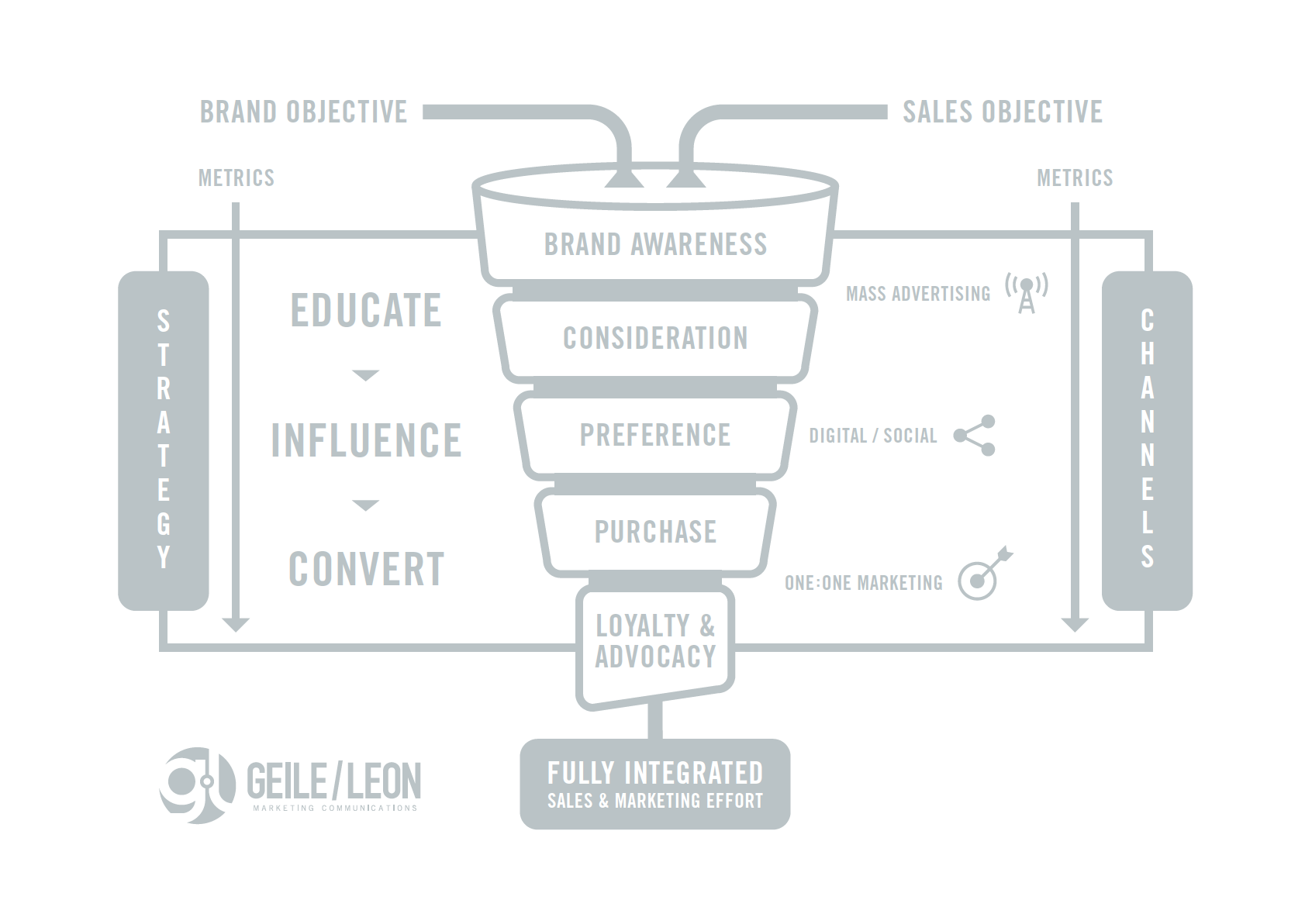Now that the Gen Z generation is coming of age, let’s take look at some interesting facts that could help you better attract them to your campus.
1 – They Are Confused!
45% of Gen-Zers find the process of deciding where to go to college confusing, according to a recent Ologie study.
What makes this an interesting statistic is that Gen Z-ers thoroughly research products and offerings before making a decision. They are notoriously skeptical and will often fact check claims from brands and friends alike. It’s evidence that universities truly need to be able to walk the walk when they talk the talk, because if they don’t, Gen Z-ers will know about it. The main takeaway? Be transparent, unique and authentic in your messaging. It makes your University more trusted, and helps to distinguish it from the clutter of universities all confusingly saying the same thing.
2 – Text Message Them?
It’s no secret that Gen Z-ers are increasingly engaged with mobile devices – and advertisers are constantly finding new ways to reach their target through mobile advertising. But there’s a line, particularly when it comes to university outreach: only 22% of Gen Z-ers consider text messaging an appropriate way to communicate with them. It’s best for universities to stick with alternative method of mobile communication, from Snapchat to mobile display ads and more.
3 – Ok, Let’s Snapchat!
Speaking of Snapchat, social media is continuing to rise in importance. According to marketingcharts.com, 47% of teens call Snapchat their favorite platform. But, don’t go putting all your eggs in one basket. Nearly 6 in 10 still say that Instagram is a better way to reach them, and a majority said that good old fashioned email is more viable than Snapchat to reach them. Consider Snapchat a good platform for brand awareness, but less important in your enrollment push.
4 – I Want Results…
Gen Z-ers, true to their skeptical nature, are more conscientious than any other generation about the “return on investment” when it comes to their degree. They appreciate the importance of a degree – 71% say that college is either very important or absolutely necessary – but they have witnessed the financial hardships of previous generations burdened by big student loan debts. They seek a good value from their education: only 11% are interested in a prestigious institution! This could quickly lead to a rise in Technical School enrollment, and even bring about a change in the role of community colleges. There’s a new opportunity for community colleges to more prominently assume the role of a starter school – giving students college credit for a good value before they finish their bachelor degrees at a four-year institution. In fact, 39% of Gen Z-ers are interested in exploring options outside the traditional four-year, on-campus college experience.
5 – …Especially If I’m Paying!
In-line with what we know about the importance of value is the importance of flexibility. 32% of Gen Z-ers say the financial burden of college will fall entirely on them, with 65% of them expecting to work full or part-time during their education. Financial aid can make a big difference, but so can offering a flexible schedule and curriculum that makes an education fit into their already-busy lives. Communicate with potential students your willingness to bend and adapt to make their education work. It makes a big difference!
So what’s the take-away?
Gen Z-ers are pragmatic, somewhat risk-averse people who respond to transparency in marketing and results in education. They are often well researched before you even make first contact. Your messaging should focus on the tangible benefits of your education – where will graduates be heading and at what cost. Be honest. The right students will find you.
Geile/Leon Marketing Communications is a brand-driven marketing agency based in St. Louis, Missouri that specializes in higher education marketing. If you’re looking to update your university’s branding or enrollment outreach, let’s chat.
Data sources:
https://www.marketingcharts.com/demographics-and-audiences-80744

